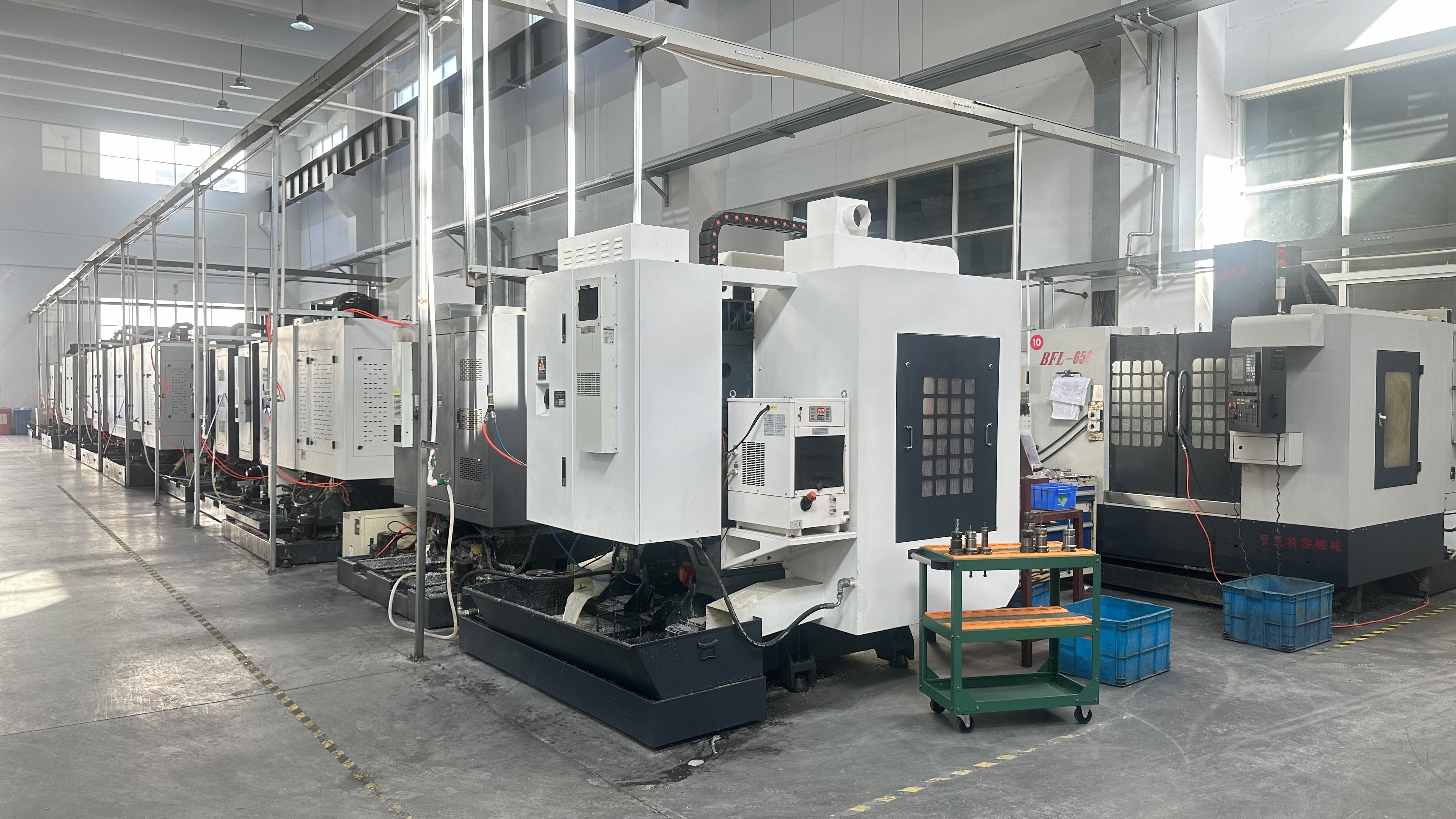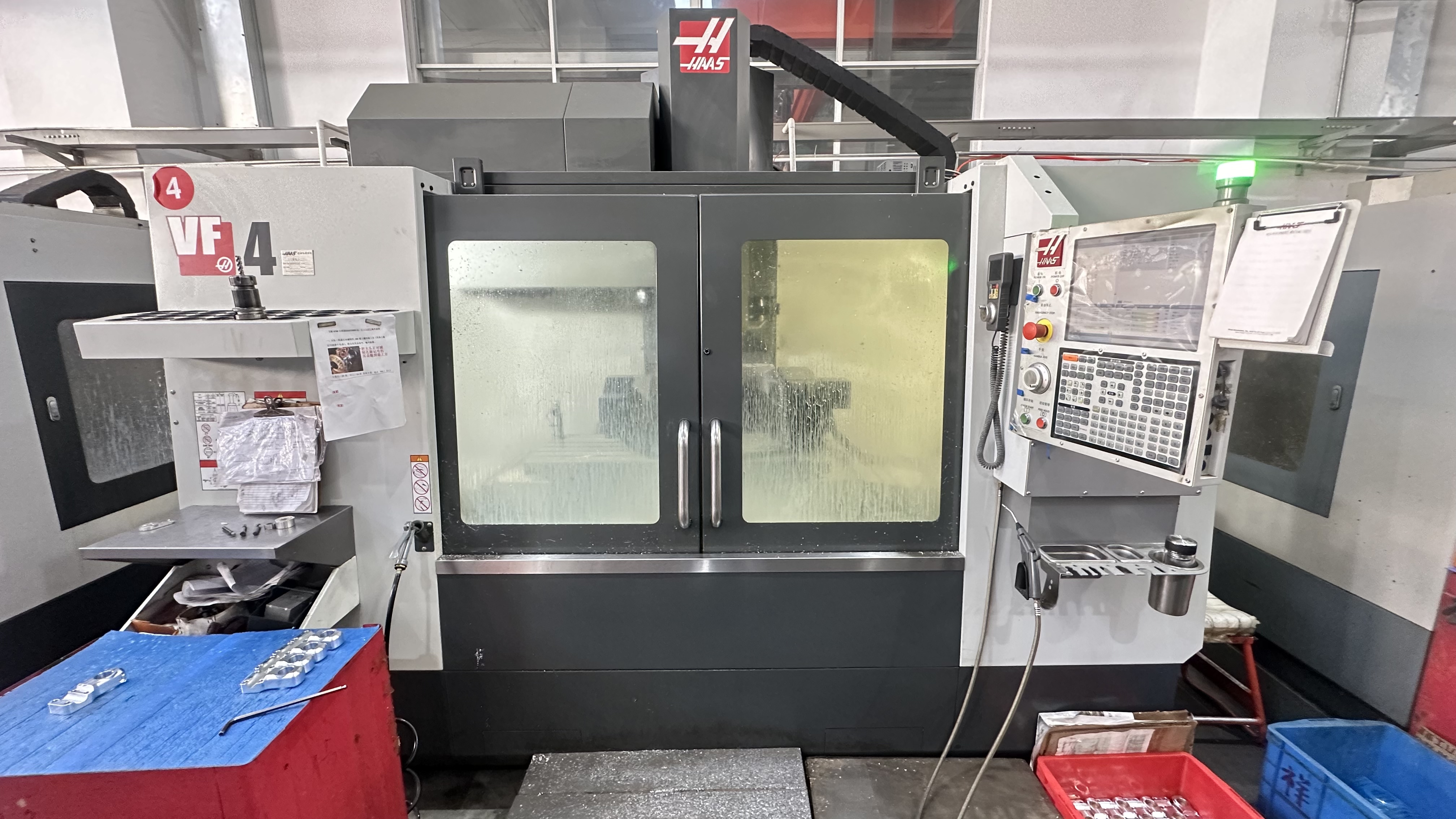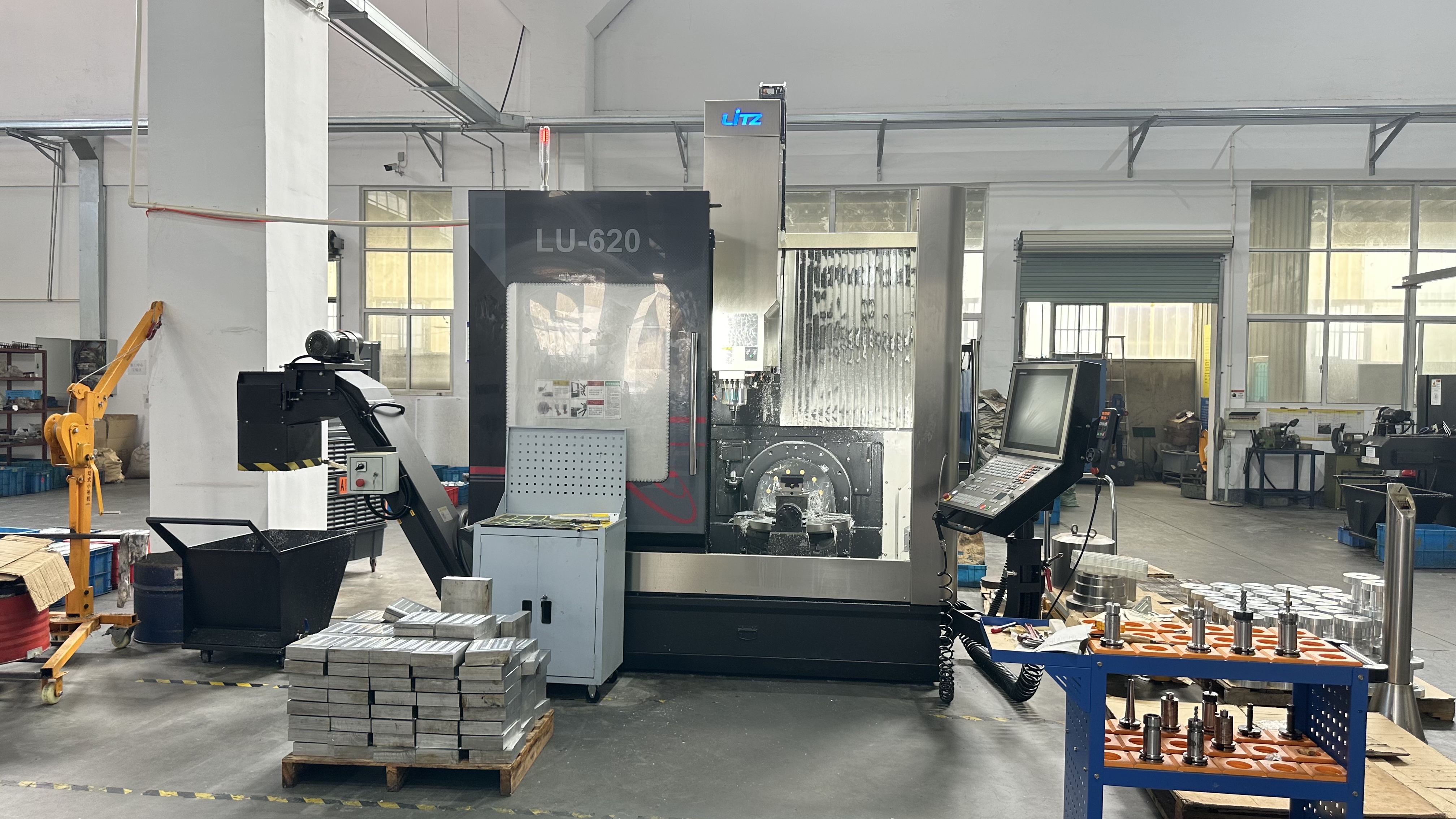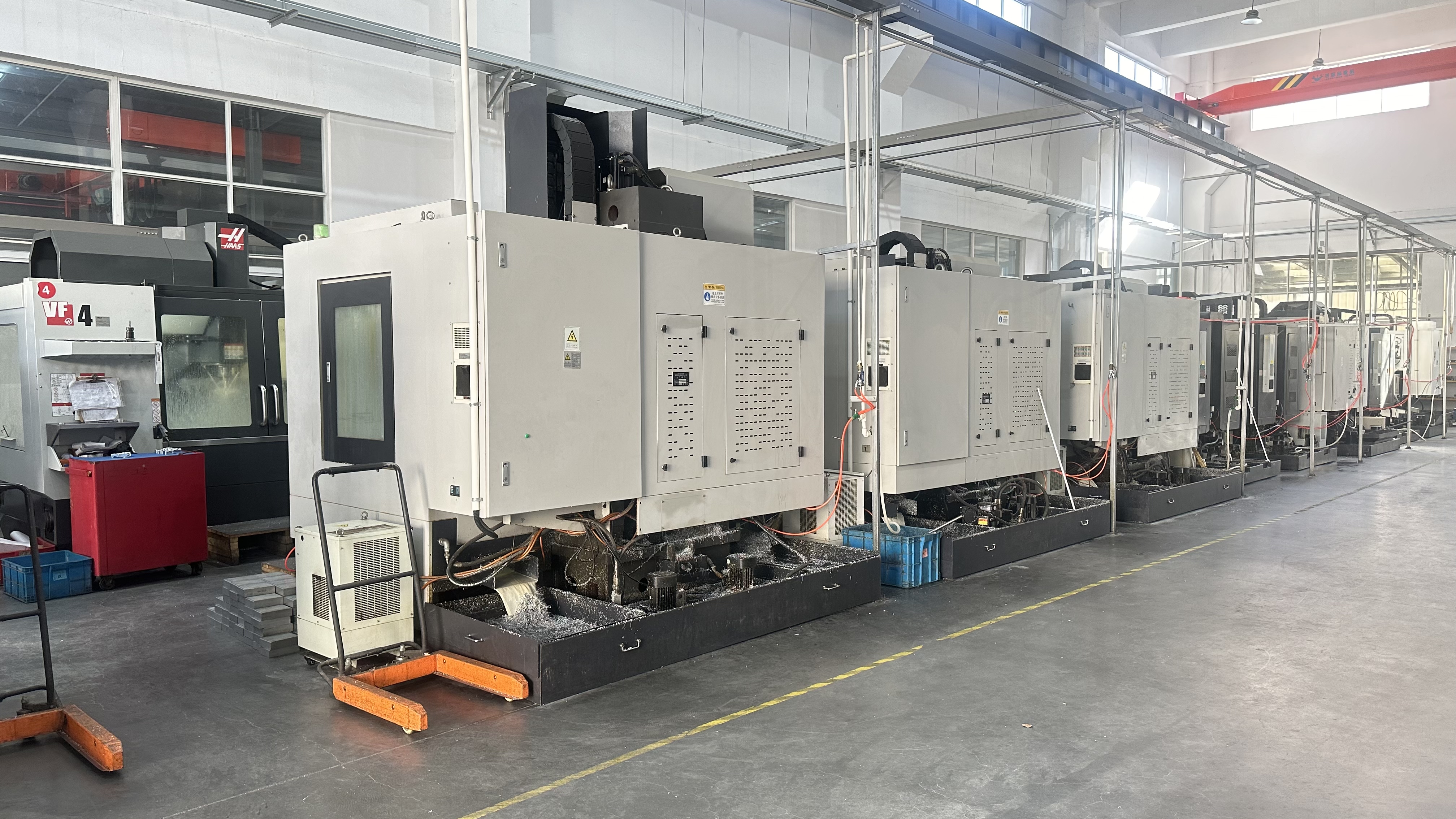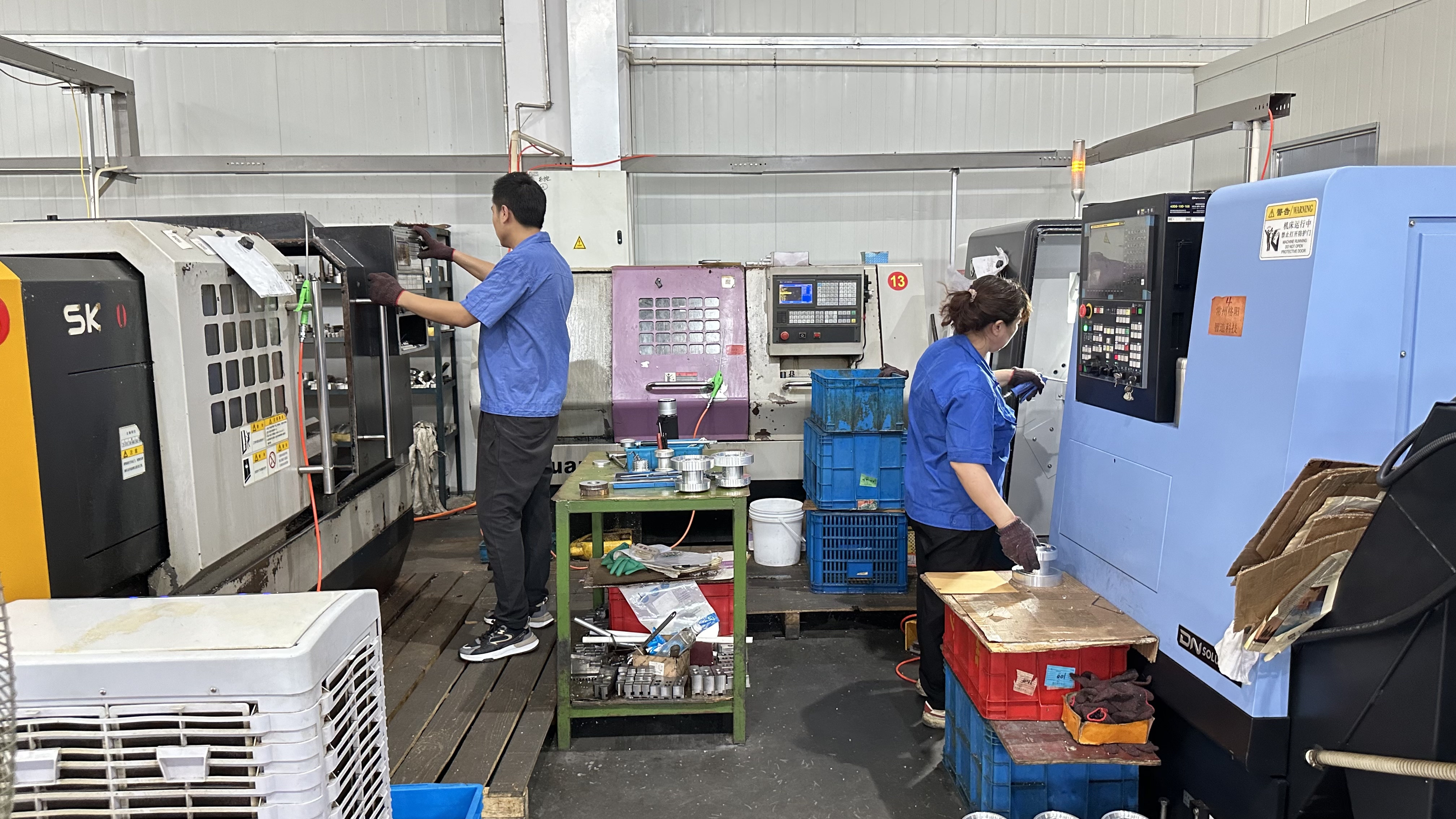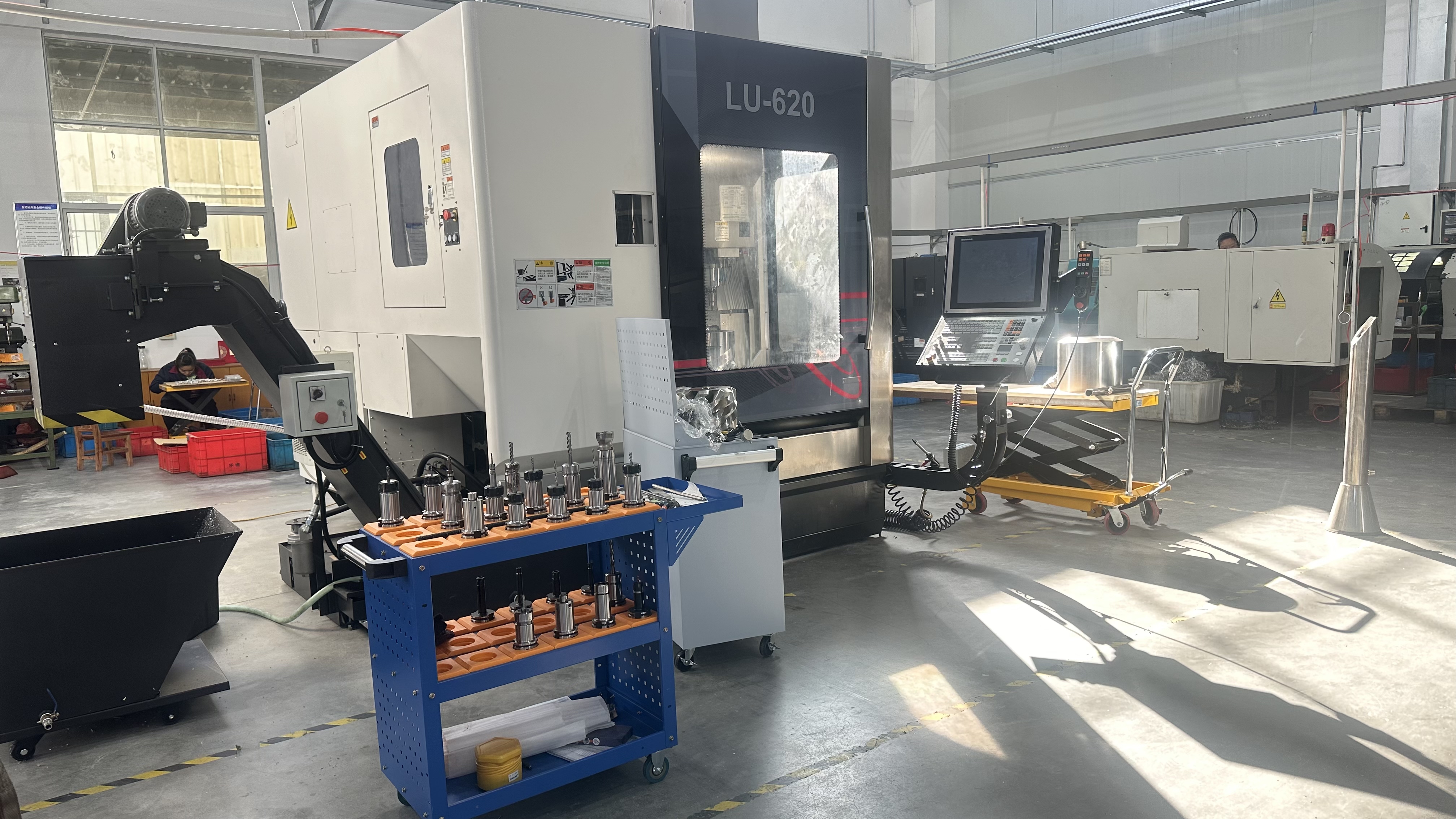Chain Breaker: Essential Tool for Go-Kart Chain Maintenance
The Chain Breaker is a precision tool designed to remove and reattach links in go-kart chains, enabling racers and mechanics to adjust chain length, repair damaged sections, or swap chains efficiently. Crafted from high-strength materials like hardened steel or molybdenum steel, this compact device uses a screw-driven pin to push out or insert chain pins, compatible with common kart chain sizes such as #35, #219, #420, and #428. Whether you’re fine-tuning a racing kart for a sprint track or maintaining a recreational mini bike, the Chain Breaker offers durability, ease of use, and versatility for seamless chain management, making it a must-have for enthusiasts, pit crews, and DIY builders.
What Is a Chain Breaker?
A Chain Breaker is a handheld tool used to break and reconnect roller chains by pushing out or reinserting link pins. Typically constructed from high-carbon or molybdenum steel, it features a milled base with grooves to hold the chain, a threaded bolt with a push-pin, and sometimes a return pin for reassembly. This tool allows precise chain length adjustments without axle removal, ensuring proper tension and alignment, essential for kart performance and maintenance.
Why Use a Chain Breaker?
Chain Breakers simplify chain maintenance, allowing quick adjustments or repairs to prevent power loss and sprocket damage from worn or improperly sized chains. They enable racers to adapt chain length for track conditions, offer mechanics a reliable tool for routine servicing, and save time compared to manual methods, making them indispensable for both competitive and casual karting.
Designed for Precision and Compatibility
Our Chain Breakers are engineered to handle kart chains from #35 to #428, with options for standard or deluxe models featuring replaceable pins and ergonomic handles. Built for durability and portability, they support chains on chassis from Tony Kart, CRG, and Manco, and engines like Predator 212cc or Rotax Max, ensuring a versatile, high-performance tool for any karting setup.
Key Features of the Chain Breaker
The Chain Breaker offers robust construction, precise functionality, and user-friendly design, making it a vital addition to any karting toolbox. Here’s what sets it apart.
Hardened Steel Construction
Made from high-carbon or molybdenum steel with hardness ratings up to HRC 65, these tools withstand heavy use without stripping or bending. Weighing 0.5-1 pound, they’re durable yet portable, with replaceable pins heat-treated for wear resistance, ensuring long-term reliability in demanding environments.
Precision-Milled Chain Holder
The tool features a milled base with grooves or louvers to securely hold chain sizes like #35, #219, or #428 during pin removal or insertion. This design ensures accurate alignment, preventing damage to chain links, and supports both breaking and rejoining tasks with minimal effort.
Dual-Pin System for Versatility
Many models include an extractor bolt with a push-pin to remove links and a return pin to reinsert pins, allowing seamless chain assembly. The tapered, concave return pin simplifies reconnection, while the push-pin’s controlled depth avoids over-extraction, enhancing efficiency and precision.
Ergonomic and Portable Design
With compact dimensions (e.g., 5” x 2”) and some models featuring folding handles, the breaker is easy to carry in a toolbox or pit bag. Its ergonomic bolt design reduces hand fatigue, making it practical for frequent use during races or garage maintenance.
Applications of the Chain Breaker
The Chain Breaker’s versatility and reliability make it suitable for a variety of karting scenarios, from competitive racing to recreational maintenance.
Competitive Kart Racing Chain Adjustments
In sprint, oval, or endurance racing, the breaker adjusts chain length on chassis like OTK or Tony Kart, optimizing tension for engines like Rotax Max or IAME X30. Its precision allows quick trackside fixes, ensuring peak performance without power loss, ideal for high-stakes events.
Recreational Kart Chain Maintenance
For club racers or backyard drivers with Predator 212cc or Honda GX200 engines, the breaker simplifies chain repairs or replacements on Manco or Yerf-Dog chassis. Its ease of use reduces downtime, making it perfect for casual karting or family maintenance tasks.
Custom Builds and Chain Repairs
DIY builders use the breaker to tailor chains for bespoke karts or retrofits, fitting unique sprocket setups (e.g., Briggs LO206 or Tillotson). Its compatibility with multiple chain sizes supports creative projects, allowing precise length adjustments without specialized equipment.
Off-Road and High-Wear Environments
In dusty or off-road conditions, the breaker repairs worn chains damaged by debris, maintaining performance on rugged karts. Its hardened steel resists corrosion and wear, ensuring reliable chain management for trail-ready setups in challenging environments.
Technical Specifications and Usage Guide
To ensure optimal performance, understanding the Chain Breaker’s specifications and proper usage is key. Here’s a detailed breakdown.
Size and Compatibility
Our chain breakers fit chain sizes #35, #219, #420, and #428, with pin diameters from 3.5mm to 5.3mm and link widths up to 0.47”. They’re compatible with karts using engines from 150cc to 300cc (e.g., Rotax, Briggs) on chassis from Tony Kart, CRG, and Hammerhead, supporting both standard and racing chains.
Material Strength and Durability
Hardened steel breakers offer tensile strength up to 150,000 PSI, lasting 1,000-2,000 hours with proper care, with replaceable pins extending tool life. Corrosion-resistant coatings (e.g., black oxide) protect against rust, ensuring reliability in wet or dusty conditions.
Step-by-Step Usage Guide
Preparation: Select the correct chain size (e.g., #219) and gather the breaker, chain, and a 10mm or 14mm wrench. Ensure the tool’s pin matches the chain’s pin size.
Positioning: Place the chain in the breaker’s milled grooves, aligning the target link pin with the push-pin. For removal, use the extractor bolt; for rejoining, prepare the return pin.
Breaking/Rejoining: Turn the bolt clockwise with a wrench to push the pin out (stop short of full extraction) or reinsert it for rejoining, ensuring alignment. Apply steady pressure to avoid bending the pin, tightening to 5-10 ft-lbs.
Final Check: Inspect the chain for smooth link movement and secure pin placement. Test the chain on the kart at idle to confirm tension and alignment, adjusting if needed.
Maintenance Tips
Inspect the breaker for pin wear, thread damage, or corrosion after use, cleaning with a soft brush and mild solvent. Lubricate the bolt threads sparingly with oil to ease operation. Replace pins or the tool if stripped or cracked, typically after 1,000-2,000 hours depending on frequency and conditions. Store in a dry place to prevent rust.




















